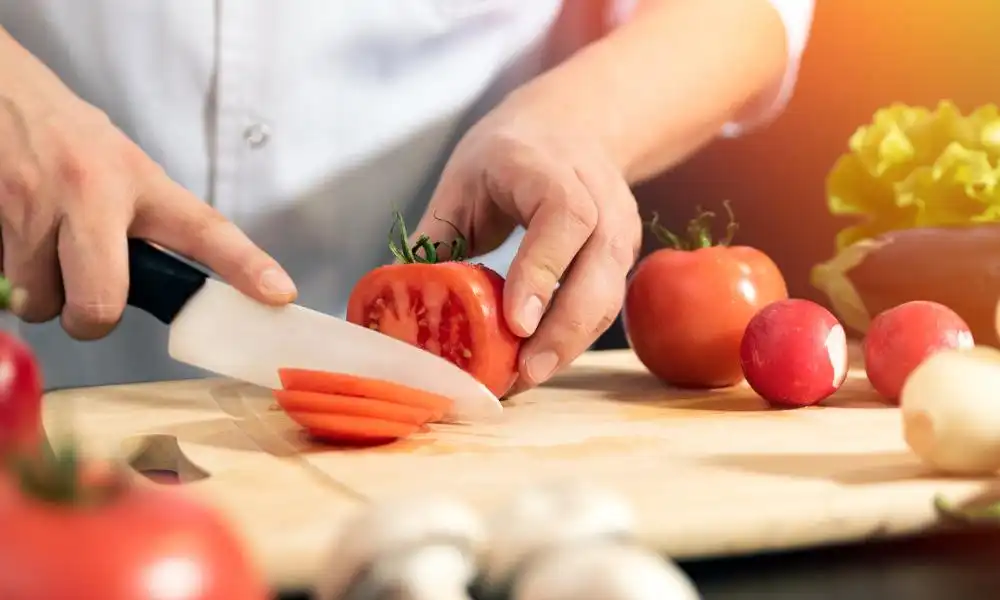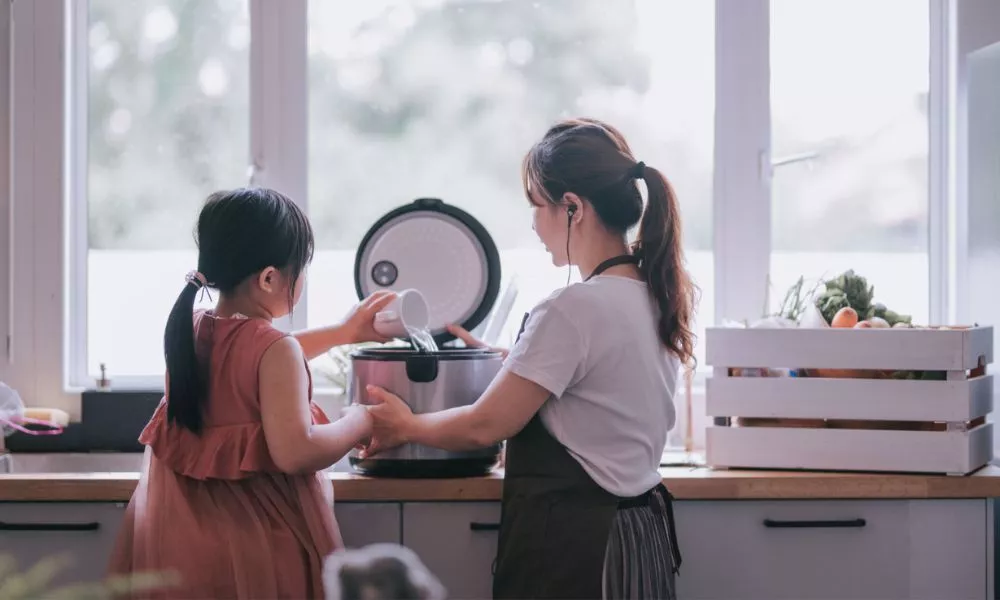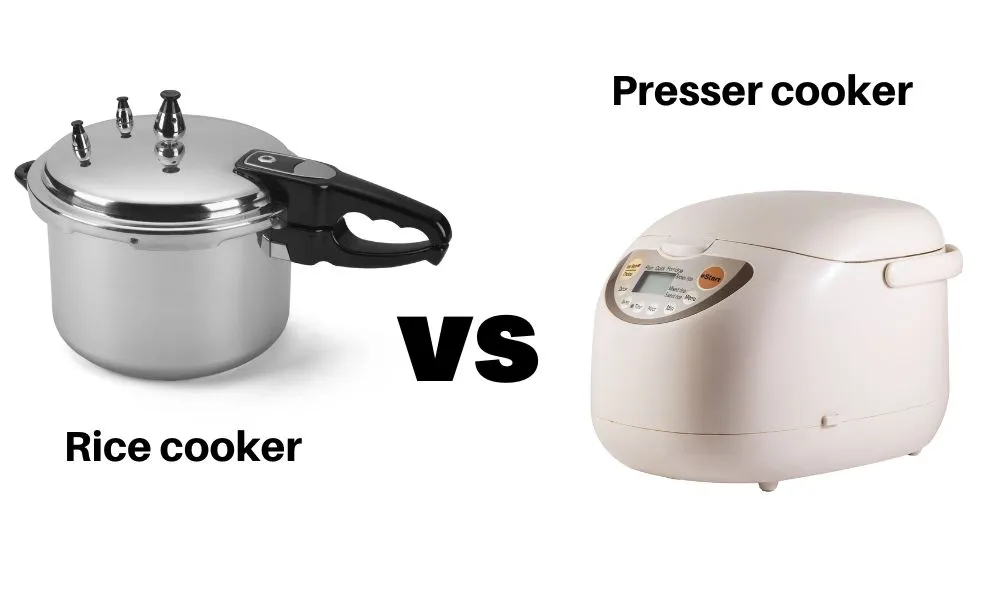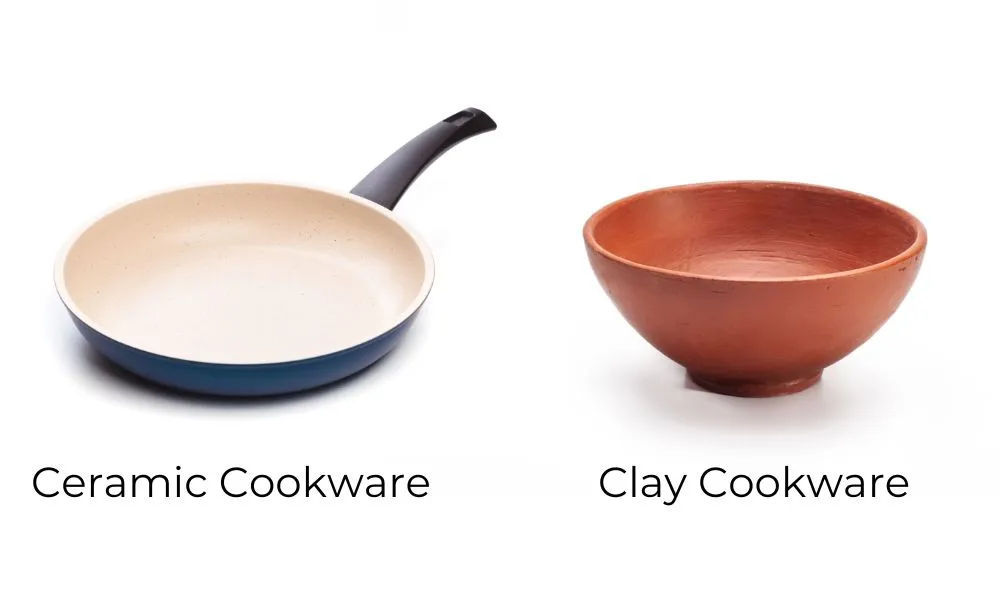Cooking can be a daunting task, especially when it comes to having the right utensils. Whether you’re a professional chef or an amateur cook, having the right utensil set can make all the difference in your cooking experience. In this article, we will explore some of the key techniques Every Utensil Set Must Have. From basic tools like knives and spoons to more specialized gadgets like mandolins and zesters, we’ll take a comprehensive look at what makes for a well-rounded utensil set. So whether you’re just starting out in your cooking journey or looking to upgrade your current collection, read on for our essential guide to must-have techniques for any utensil set.
Table of Content
Essential Kitchen Techniques Every Utensil Set Must Have
Knife Skills:
Understanding the Different Types of Knives:

- Chef’s Knife: Ideal for chopping, slicing, and dicing.
- Paring Knife: Perfect for intricate tasks like peeling and trimming.
- Bread Knife: Designed to slice through crusty bread without crushing it.
- Utility Knife: Versatile and suitable for various tasks in the kitchen.
Proper Knife Handling Techniques:
- Grip the knife firmly but not too tightly.
- Use the bolster for stability and control.
- Master the rocking motion for efficient chopping.
Measurement and Conversion:
Importance of Accurate Measurement:
- Precise measurements ensure consistent results in cooking and baking.
- Measuring ingredients accurately is crucial for recipes to turn out as intended.
Common Measurement Tools:
- Measuring Cups: Used for liquid and dry ingredients.
- Measuring Spoons: Essential for precise measurements of smaller quantities.
- Kitchen Scale: Ideal for measuring ingredients by weight.
Conversion Techniques:
- Understanding conversion factors for different units of measurement.
- Using online conversion tools or reference charts for quick conversions.
Heat Control:
Stovetop Cooking Methods:
Simmering: Maintaining a low, gentle heat to cook food slowly.
Boiling: Bringing a liquid to its boiling point and maintaining it.
Sautéing: Cooking food quickly in a small amount of oil over high heat.
Frying: Cooking food in hot oil to achieve a crispy exterior.
Temperature Control Tools:
- Thermometers: Instant-read and probe thermometers for accurate temperature readings.
- Heat Diffusers: Helps distribute heat evenly on stovetops.
- Oven Thermometers: Ensures the oven is at the correct temperature for baking.
Mixing and Whisking:
Different Types of Mixing and Whisking Utensils:
- Mixing Bowls: Used for combining ingredients and preparing batters.
- Whisks: Ideal for beating eggs, incorporating air, and creating smooth mixtures.
- Electric Mixers: Save time and effort for larger baking projects.
Techniques for Effective Mixing and Whisking:
- Use a circular motion when whisking or mixing.
- Gradually add ingredients while whisking or mixing.
- Adjust speed settings on electric mixers based on the desired consistency.
Food Preservation and Storage:
Containers for Food Storage:
- Airtight Containers: Keep food fresh and prevent spoilage.
- Mason Jars: Ideal for preserving jams, pickles, and homemade sauces.
- Freezer Bags: Allow for easy storage and organization in the freezer.
Techniques for Preserving Food Freshness:
- Properly seal containers to prevent air exposure.
- Label and date containers for easy identification.
- Store food at appropriate temperatures to maintain freshness.
Conclusion:
Mastering essential kitchen techniques can significantly elevate your cooking skills. By having the right utensil set equipped with the necessary tools for knife skills, measurement and conversion, heat control, mixing and whisking, and food preservation and storage, you’ll be well-prepared to create culinary delights with confidence. Invest in a quality utensil set and practice these techniques to unleash your inner chef.
FAQs
Can I use any knife for different tasks in the kitchen?
While some knives are versatile, it’s best to use the appropriate knife for specific tasks to ensure optimal results and safety.
How do I convert between metric and imperial measurements?
You can use online conversion tools or reference charts that provide conversion factors between metric and imperial units.
How can I tell if my stove is at the right temperature for cooking?
Using a thermometer specifically designed for stovetop use can help you gauge the temperature accurately.
Are electric mixers necessary for baking?
While they are not essential, electric mixers can save time and effort, especially for larger baking projects.
What’s the best way to store leftovers to keep them fresh?
Airtight containers, properly sealed and stored at the correct temperature, are ideal for preserving the freshness of leftovers.



